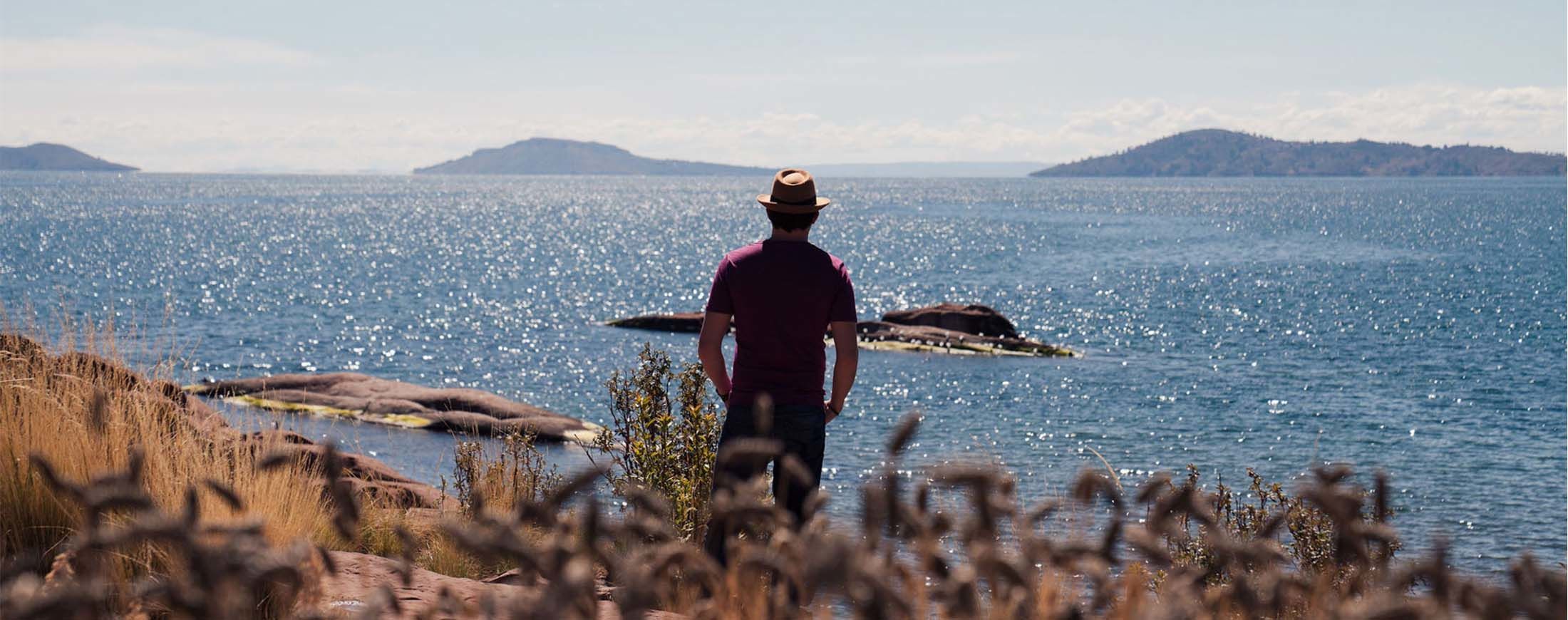History of Peru
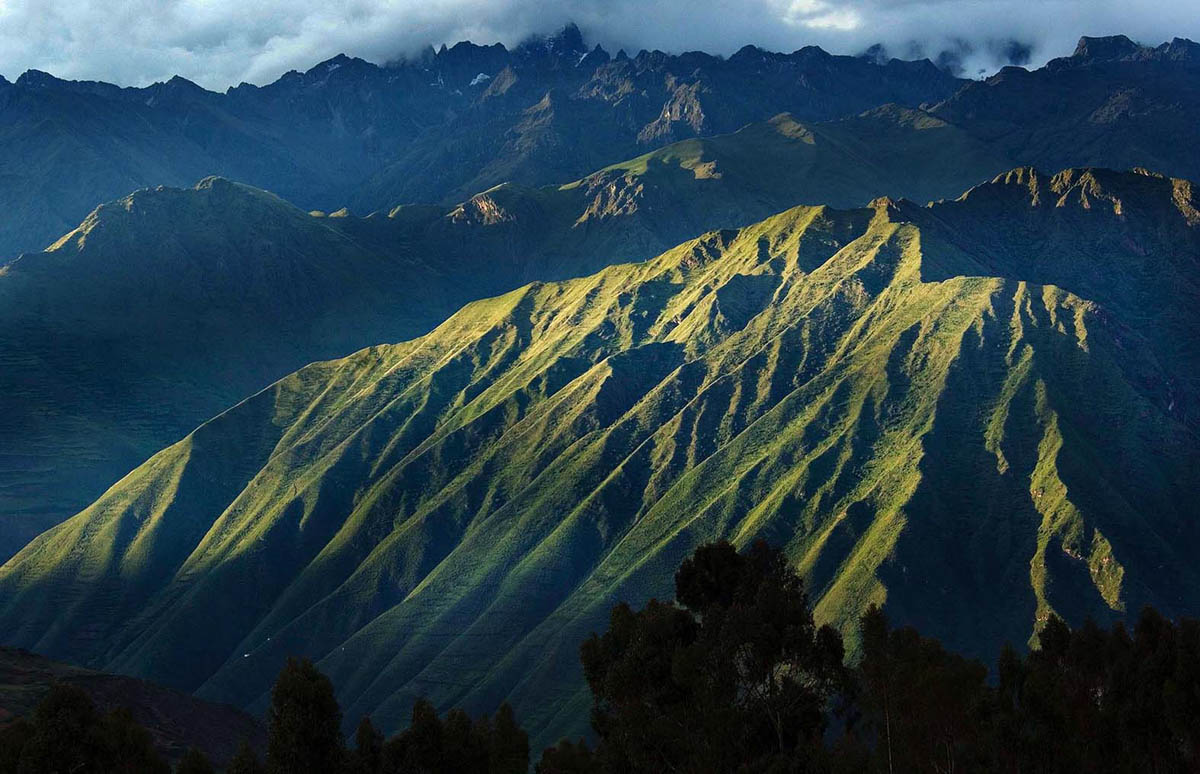
Human history has a strong connection to Peru and the land within its borders. The timeline reaches back farther than many places on earth, with some of the first societies of the Americas developing in the northern part of the country over 5,000 years ago. More than just the length, the array of civilizations is a particularly intriguing part of its past; today we can see Amazonian lifestyle remaining intact juxtaposed with the contemporary urban environment of world-class Lima, the totoras of the Uros Islands and Lake Titicaca contrasted to the sillar architecture of Arequipa, the White City. Peru and its geography have played a vital role in humanity, notably that of the Western Hemisphere.
The formation of the Andes Mountains, running down the spine of Peru, has helped nurture a never-ending and prolific cycle of flora and fauna, meaning early people and cultures would develop in different ways. From the citadel at Machu Picchu to the coastal Candelabro de Paracas geoglyph, the past, present, and future of Peruvian humanity continues to make this South American wonderland one of the most satisfying historic tours on the continent.
Let’s look at the history of Peru and how it has become such a remarkable country.
PRE-COLUMBIAN CULTURES
Roughly 15,000 to 30,000 years ago, as ancient people crossed the land bridge that once existed at the Bering Strait, they made their way south from present-day Alaska to Central and South America. Migrants spread throughout the Americas, most of which were hunter-gatherer communities. For landscape and geographic reasons, the Andes were one of just a few locations that fostered sedentary civilizations to develop.
Caral
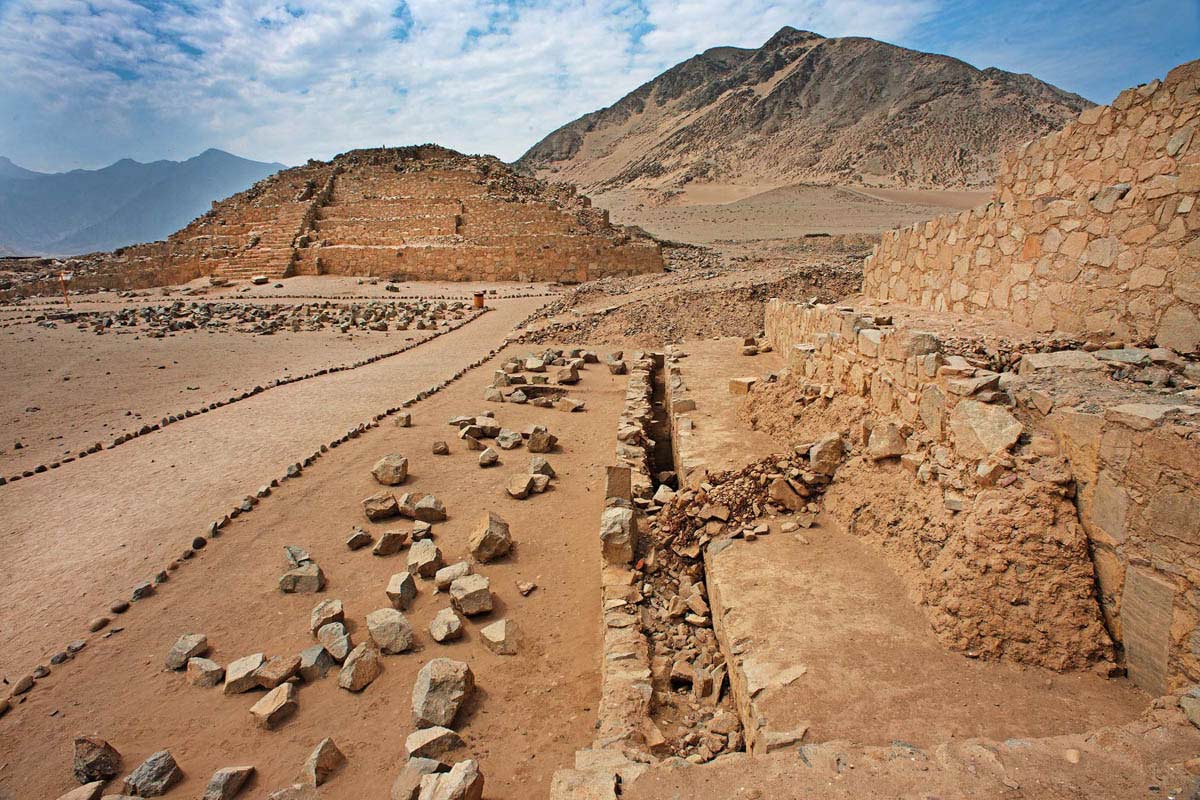
The first complex civilization was the Caral along the coast, roughly 25 kilometers from the Pacific Ocean and within 200 kilometers (north) of modern-day Lima. Dating back further than 3200 BCE, the society prospered for nearly 1200 years (3000 BCE – 1800 BCE). They are known for their use of textiles and the production of cotton, which they also used to fashion nets for fishing. As a littoral community, they relied on the Pacific Ocean for food and might even have navigated it in growing their culture. The proliferation of regional rivers also supports this.
With an approximate population of 3,000 people, the Caral influence throughout the Supe Valley may have been greater. Instruments of animal bone and stone jewelry are some of the artifacts discovered at the main center of the civilization, and the lack of weaponry has led many to conclude the society was peaceful. Trading with coastal communities and people further inland is believed to have inspired some of their art and craftwork. The quipu, a record-keeping device made of strings, was allegedly developed and used by the Caral.
Chavín

The Chavín civilization extended along the coast from northern Peru to present-day Nazca. Established in the Andean Highlands, they were religious and ritualistic, with many ceramics and artworks found near sacred sites. They also showed serious advancements in architectural planning, including agricultural irrigation and the utilization of canals and drainage systems in temples and buildings. Trade with surrounding communities may have been responsible for the introduction of rock materials, such as granite and limestone, used in the construction of high-profile buildings.
Textiles progressed further under the Chavín, who domesticated camelids for a multitude of needs. The wool fibers would become a driving force in many of the succeeding civilizations, and the meat from these animals would also serve as the means for trade with other Andean societies. Proficient in metal work, they were capable of soldering and melting down gold for jewelry and art. Ceramics and pottery are elaborate during this period, which would lead to some notable and ground-breaking practices in later cultures, like the noteworthy sex pottery of the Moche. From 1000 BCE to nearly 200 BCE, the Chavín people shared many aspects of their culture with the rest of Peru and became one of the most celebrated and imitated civilizations of early Peru.
Quechua
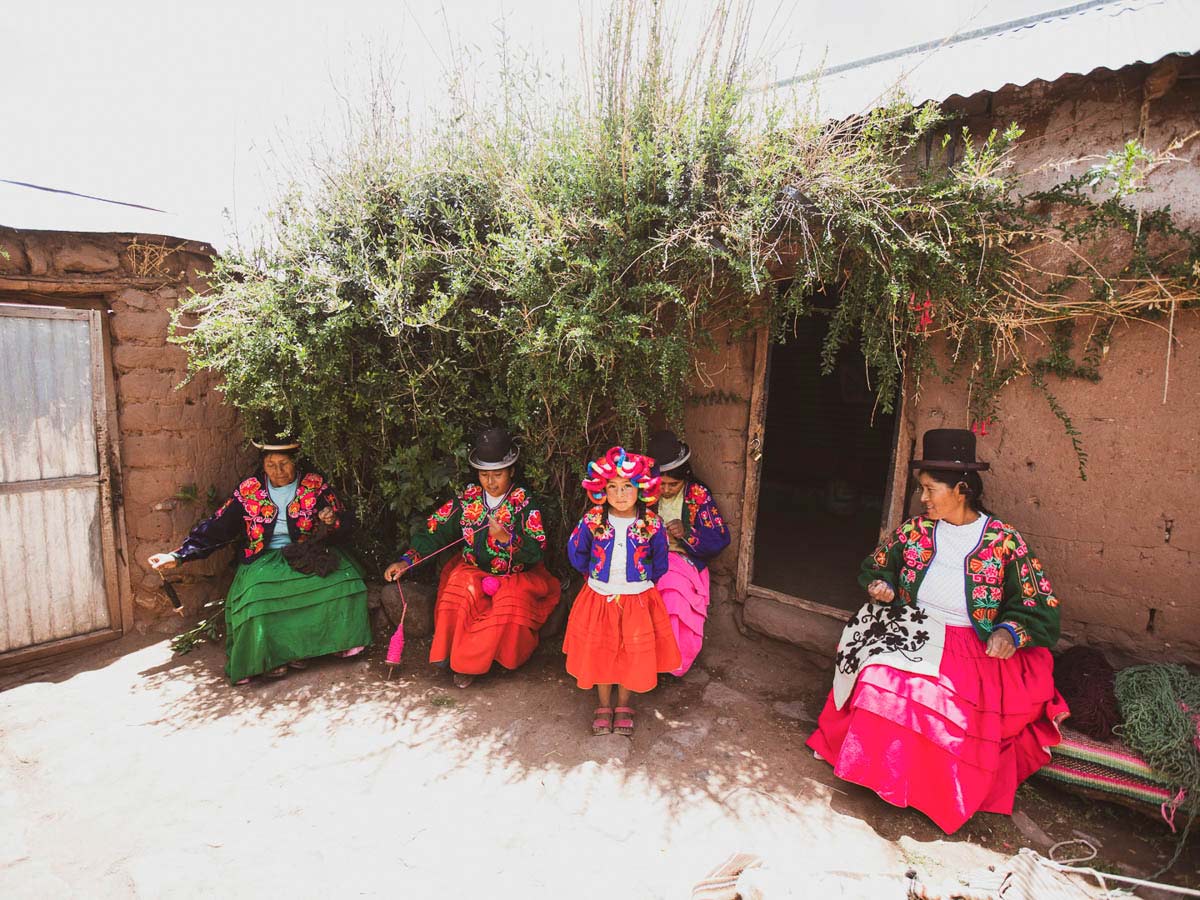
Quechua-speaking communities continue to play a distinguished role in Peru today, but their roots extend back over 1,000 years. The people developed societies in the Andean highlands and the Altiplano, forming languages and cultures with distinct regional nuances. In southern Peru around the foothills, they integrated impressive textile production to their social hierarchy. The Taquile at Lake Titicaca and the Chincheros of the Sacred Valley are a couple examples of thriving people who have maintained lifestyles and practices firmly planted in the history of their land and country, passed down from generation to generation.
The language, which is an amalgamation of many languages with no centralized vernacular, had such a profound effect on pre-Columbian Peru and South America that it became the primary language of trade for the Incas when they rose to power. The staying power of Quechua is still strong, with over 10 million speakers today, half of whom reside in Peru.
Aymara
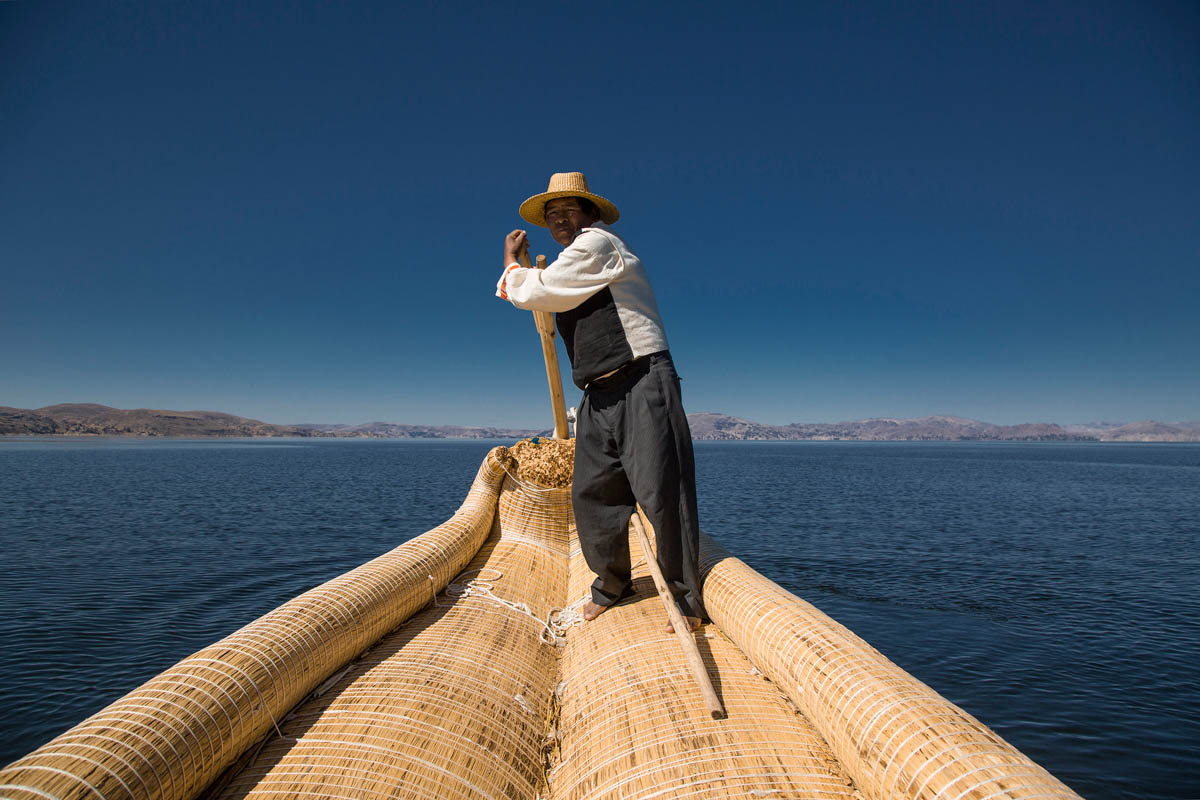
Perhaps no civilization has played a larger role in pre-Incan society than the Aymara, particularly in the Andes and the Altiplano. Extending past the borders, the Aymara have a strong connection with the land, which includes Lake Titicaca and the highlands surrounding it. After the Huari and Tiwanaku, they herded camelids and produced staple crops like potatoes and oca. The cultivation and proliferation of reeds found in Titicaca has helped Uro-Aymara continue their lifestyle and cultural practices, which include functional and artistic uses of the totora reeds. They even fish from totora rafts and boats.
Consisting of many different groups, the Aymara constantly revolted against outside forces, even the Inca who rose to power and usurped control of the land. With the acculturation of their own societies and other civilizations, each subculture of the Aymara has developed intricate and unique aspects of their lifestyle, religion, and ethos.
Incas

The vast Inca Empire, which stretched from what is now Colombia in the north down through present-day Chile and Argentina, is one of the most well-known civilizations in the world.Picchu and its status as one of the Seven Wonders of the World has made it a tourist destination and pilgrimage for culture hounds, adding to its allure. Following the Huari and Tiwanaku civilizations, the Incas developed in Cusco in the 13th and 14th centuries and soon spread throughout the Andes, the Altiplano, out to the coast, and past the Atacama. Reaching their peak in the 15th and 16th centuries, they built and expanded extensive road networks, traded cultural advances (like textile work and metallurgy) throughout the empire, and spread architectural treasures that can be seen today, like the ruins at Machu Picchu.
Combining many features of its predecessors and centralizing them, the Inca can be credited with dispersing Peruvian culture – and ultimately South American culture – on a larger scale. The animals featured in the pottery and crafts are a nod to the Chavín and their previous ritualistic commitment to nature and the animal world. The coca plant, which had been a fixture in the Altiplano cultures, was sacred and found its way into religious practices and medicine, the latter of which progressed at a great pace under the Inca. Up to the Spanish conquest, the Inca were modernizing the most efficient cultural effects of Peru.
SPANISH COLONIZATION
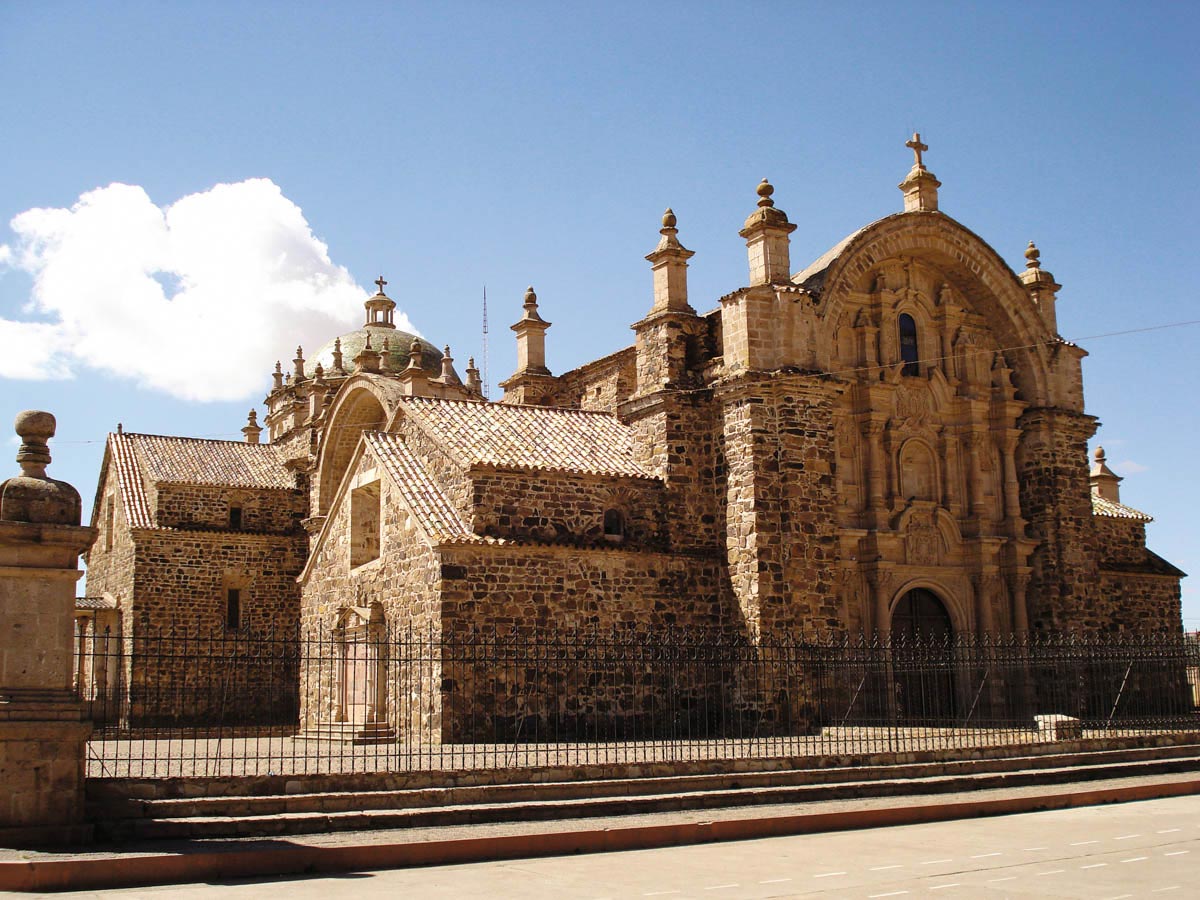
In the early 16th century, the Inca Empire was devastated by smallpox. The disease was responsible for the death of Huayna Capac, their ruler, which sent the civilization into a battle for control between Atahualpa and Huascar, won by the former. When the Spanish formally arrived in 1532, Francisco Pizarro exploited the situation and, after creating a settlement in northern Peru, moved south and defeated Atahualpa. The Spanish established a colonial government in 1542, planting Lima as the most important city to the colonizers in South America.
The conquest began a long intermingling of European and indigenous culture, often at the expense of Peruvians. The Spanish forcefully attempted to convert the people of Peru to Christianity and were responsible for diminishing the population through atrocities to nearly half a million persons – down from nearly nine million. Forced labor and slavery were common practices, with ethnic hierarchies established to determine social status and mobility.
Through the exchange and dispersal of the native civilizations, Peru cultivated a strong local identity, visible in its art, literature, music, and history to today. The language further unified the people in northern Peru and beyond the country’s borders, into the rest of South America. The Spanish further shared this character with the rest of its empire and increasing its prominence across the globe.
Over the course of nearly 300 years, the Spanish ruled modern-day Peru, making Lima a wealthy and cultural capital of the Empire on the continent. The National University of San Marcos, established in 1551, is the first university created in the Americas, as well as the oldest continuously running institution of higher education. Towards the end of their rule, the Spanish faced continued uprisings from Peruvians who wanted independence.
INDEPENDENCE (1821 – 1884)
After more than a decade of battle for independence and led by Jose de San Martin and Simon Bolivar, Peru was partially liberated in 1821. The two men had worked tirelessly to free many of the colonies in South America, including Venezuela, Chile, and Argentina. In July of 1822, at the Guayaquil Conference, they discussed the future of the country, free from Spain, and ultimately decided on Bolivar’s preference for a republic. The Republic of Peru was formally created in 1824 with the introduction of its Declaration of Independence.
During the early periods of its independence, Peru, which had many identities under Spanish rule, was figuring out how to manifest its various cultures within a nation. For instance, Upper Peru would later become part of Bolivia, while other parts of the country would be ceded to Brazil, Ecuador, and Chile. Battles over Peru-Bolivia continued for more than ten years until an agreement was reached, with many iterations of what each side believed as fair boundaries for free states. As the young Republic aged, it was clear that the distinct regional differences of Arequipa, Lima, Iquitos, Lake Titicaca, and Sullana, to name a few, would add to the vibrant fabric of Peru’s overall unique character.
In the middle of the 19th century, Peru faced both prosperity and war. From positive education reforms and economic boons like fertilizer assisting its development, the outlook was positive, and Peru paid off many of its debts and bolstered its perception in the international community. However, land disputes and the War of the Pacific would come to a head and, in 1884, the country entered a period of restructuring.
MODERN PERIOD (1884 – PRESENT DAY)
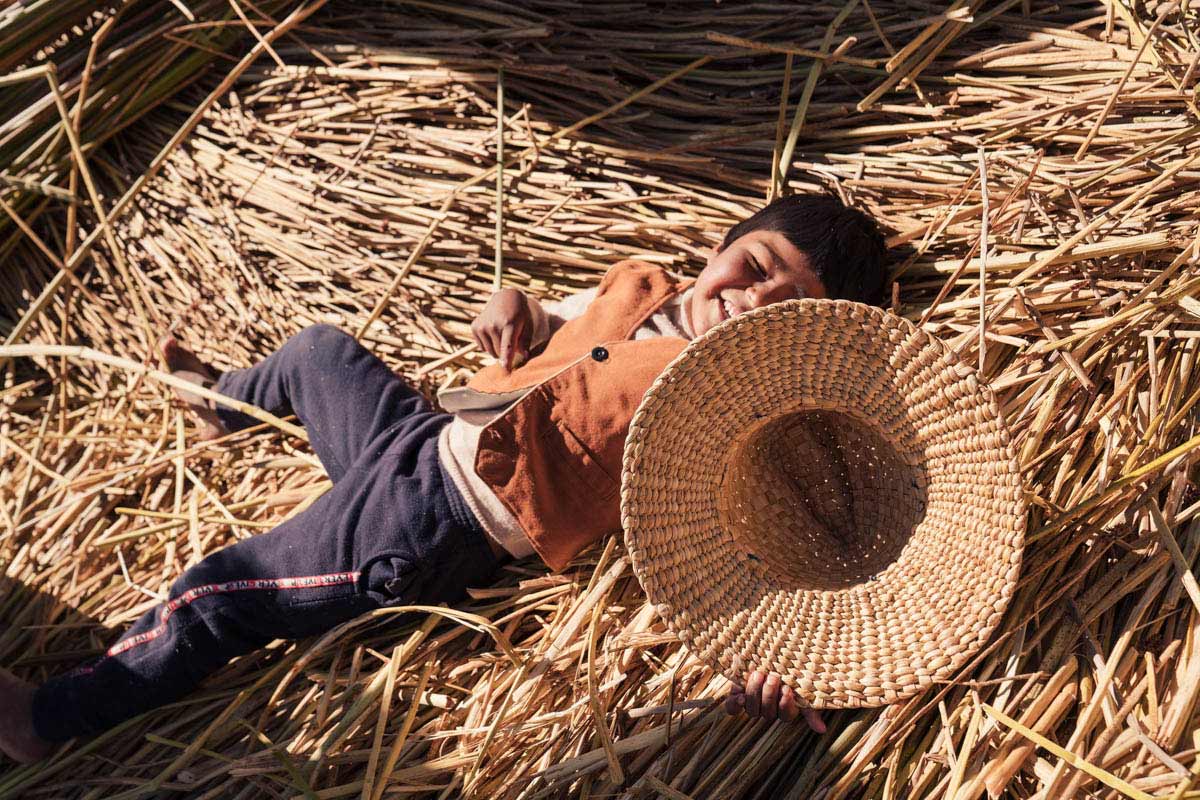
After the war, military leadership sought to determine the direction of Peru, and after brief roles from Miguel Iglesias – who was established as the leader of the constitutional government – and Andres Avelino Cáceras – a war hero, former president Nicolas de Pierola, was elected. Rich in Amazonian rubber as well as oil, Peru focused on exporting its natural resources and base its economy around supporting its wide spectrum of social classes. Perhaps more so than other countries in the region and around the world, Peru was at the forefront of positive reforms in the labor movement. It saw the implementation of the eight-hour workday after strikes and demands to the ruling class. Many of its people would also participate in land disputes and battles to seek proper self-determination for Peruvian citizens.
The working class sought a greater representation in the government in the early 20th century. Through the changing borders at all points of its border, Peru was able to promote the arts and humanities that spanned its illustrious history. It was in the 1920s that the Moche collection of pottery began its categorization, thanks to the tireless work of Rafael Larco Hoyle. Museums and collections started sprouting up across the country, and many cultural artifacts became sources of pride. Even during times of political instability, education and competing ideas helped elevate Peru into the modern era. In Arequipa, the gorgeous sillar architecture became the perfect aesthetic for repurposing buildings, including the Catholic University of Santa Maria. The art museum of Lima (MALI) was also created in 1961.
Today, Peru is South America’s cultural capital, with an eclectic mix of geographical masterpieces. Throughout its history, the natural borders have served as its most prominent and important features. A glittering coastline, Andean slopes descending into the rainforest, volcanic stone-built cities as trading hubs, and so much more keep the culture and identity of its many people thriving. Few countries have had the opportunity to maintain their history while striding into the future as Peru has, and none have succeeded in such an obvious way.
A CONTEMPORARY LOOK AT HISTORY
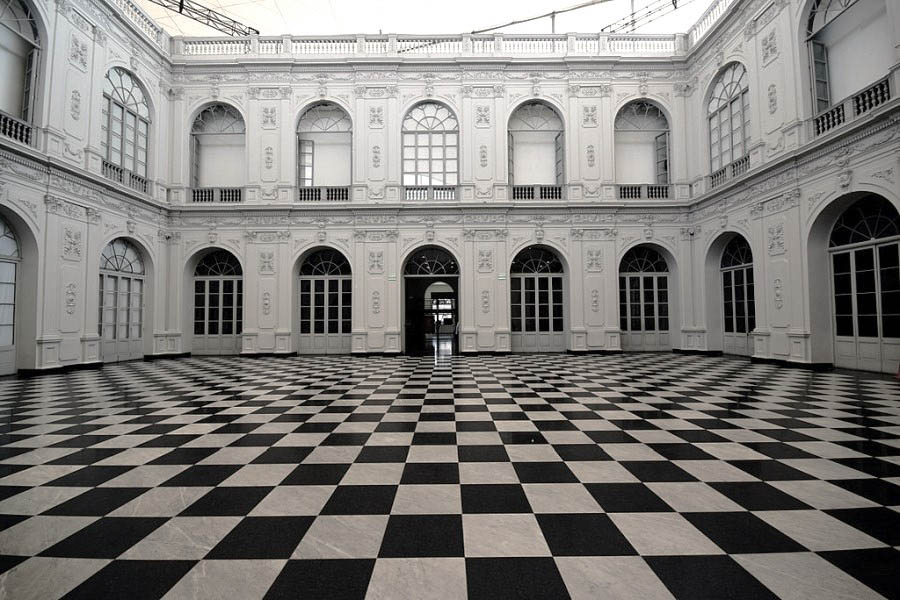
Visitors to Lima can see the artifacts of every historic era on display throughout the country. Major museums are plentiful, but there are also smaller museums dedicated to each distinct culture. The Larco is the best way to view ancient history, particularly the Moche pieces. There are over 45,000 works, and much of it is available online for universal accessibility. A frieze at this museum shows the variety of cultures that played a hand in Peru’s creation, featuring the Paracas, Chimu, and other smaller societies.
The MALI is a great place to see the art of Peru’s history. Iconic Peruvian artists like Teofilo Castillo and Francisco Fierro are on display, and the museum never loses sight of its commitment to the future. It often works with new and emerging artists to depict the ongoing dialogue with the current world, often incorporating interactive programs.
For an engaging trip, geoglyphs, ruins, and cultural excursions are available in nearly all parts of the country. Tacna has a handful of museums that not only give insight into the war with Chile while perusing historical documents. Trekking to Machu Picchu and viewing Inca ruins is popular, but you can also travel to Sacsayhuaman Fortress and see the unbelievable stonework comprising its structure. It was even a vital part of Peru’s war stories. Cruise ships spend days traversing the Amazon River tributaries in the northeast and provide extensive historical context as you travel in style down the longest river on the continent.
THE ANDEAN EXPERIENCE

With all of this in mind, we are readily able to perfect your trip to see our amazing home. Andean Experience has bases across the country, interconnected to the people and cultures that make Peru hum. Visit the incredible museums of Lima and stay at Atemporal. Our intimate six-room casa provides leisure and relaxation as you take in the cultural capital of historic South America. If you head further south to Arequipa, CIRQA and its sillar stone beauty serves up local history in a UNESCO protected site, venturing out to see the inimitable embroidery of the Colca Valley and the Andean condor. At Lake Titicaca, enjoy your own private peninsula at Titilaka, trekking to the Uros Islands – made entirely of totora reeds – and spend the day side by side with the local Aymara community.
We have relationships that can only be made through time and history and sharing this with the peoples and cultures of Peru allows us to provide personalized, dedicated service that is simply beyond compare. From beginning to end planning and facilitating engaging trips and tours throughout Peru, we combine the best bits of relaxation and comfort with adventure and discovery. Let us plan the trip of your dreams and come see the eternal beauty of Peru’s history.



